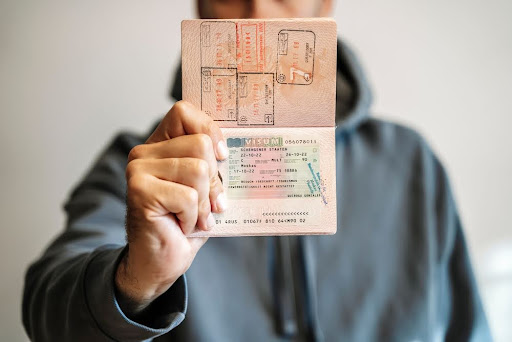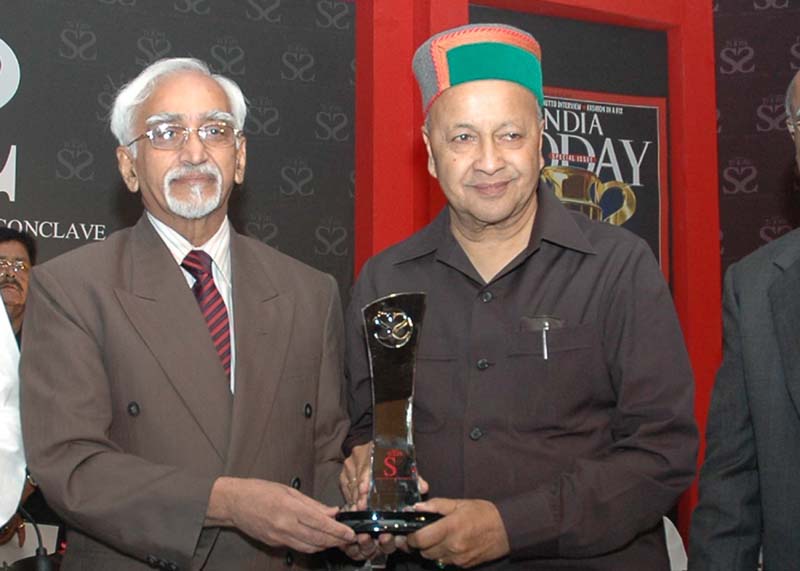
If you’re an Indian traveller planning your next adventure to South East Asia, you’re in for a treat! From the bustling streets of Bangkok to the serene beaches of Bali, the region offers a perfect blend of culture, food, and landscapes.
But, before you run off to the airport and pack your bags, there is one small detail that must be ironed out. Visa requirements can sometimes feel like an obstacle to jetsetters, but with the right info, you will overcome it with ease. Whether you’re planning to combine multiple stops in one trip, or just getting your paperwork together for a future dream destination, navigating visa rules doesn’t have to be a chore.
Here’s everything you need to know about South East Asian visas for Indian travellers.
Understanding Different Types of Visas
Before you even start your trip, it’s crucial to understand that South East Asian countries have varying visa rules.The region provides a combination of visa-on-arrival, e-visas or visa-free access to Indian passport holders. That means that depending on your ultimate destination, you may even have to step foot inside an embassy. Some countries, including Indonesia and Cambodia, offer visa-on-arrival for short stays, while others, such as Vietnam and Myanmar, encourage applying for an e-visa in advance.
If you’re planning to visit multiple countries, it’s worth checking the visa rules for each one, and centralising your travel documents in order to save time and stress whilst on the move. You can combine PDF pages to gather all your digital visa confirmations so you don’t have to shuffle through different files at the airport, and instead simply scroll through to find the relevant documentation.
Visa-Free Countries & How Long You Can Stay
It’s always great when you don’t need to worry about visa applications, and luckily, several South East Asian countries offer visa-free travel for Indian passport holders. Malaysia and Thailand are two top destinations where Indians can visit visa-free for up to 30 days.
However, remember that visa-free doesn’t always mean limitless freedom. There are still entry requirements, such as having proof of onward travel or showing sufficient funds for your stay. Immigration officers may ask for these at the border, so be prepared. Don’t assume that you can extend your stay easily. Some countries may require you to leave and return or to apply for an extension, so read the small print before booking an extra week on the beach.
Visa-On-Arrival & E-Visa Options
Visa-on-arrival is one of the most convenient options for Indian travellers, as it allows you to apply for a visa once you land at your destination. Countries including Laos, Cambodia, and even the Maldives offer this hassle-free option, making last-minute travel plans a breeze. Just ensure you have the required documents handy, such as passport-size photos, a return ticket, and local currency for the visa fee (some countries are strict about only accepting cash).
For those who prefer sorting out their visa in advance, several South East Asian countries offer an e-visa option, including Vietnam and Myanmar. These are usually pretty quick, done in a few steps online. The application process typically takes about 3 – 5 working days, and the e-visa will be sent directly to your email, which you can print or keep on your phone.
Always double-check the visa validity period and the number of entries allowed, especially if you’re planning to hop between countries. Some visas are single-entry only, meaning you’ll need to reapply if you want to return after visiting another destination.
The Importance of Secure Documentation
When travelling, especially across multiple countries, keeping your documents organised is crucial. Apart from your visa, you’ll need to have your passport (with at least six months’ validity), proof of onward travel, and accommodation bookings handy.
While going digital is the trend, it’s wise to keep both physical and digital copies of your essential documents. Take photos of your passport, visa, flight tickets and prints of hotel bookings and save them to your phone or the cloud. A pro traveller trip is keeping these scanned documents in one place — you could easily combine all your visas and travel docs into a single PDF printout file. That way, when an immigration officer requests your papers, you can whip them out in seconds rather than having to open a dozen different apps or scroll through hundreds of emails.
How To Extend Your Visa
In love with Southeast Asia and want to stay longer? While it is often possible to extend a visa, the procedure differs according to the country. In Vietnam, there is a one-time 15–30-day visa extension available at an immigration office for a fee. Similarly, Bali offers an extension on the visa-on-arrival for another 30 days, but you’ll need to apply before your initial visa expires.
On the flip side, some countries have stricter extension rules, and overstaying your visa could result in serious fines or even a ban on future travel. Always ensure you are aware of the visa expiration date and local regulations regarding extensions to avoid any last-minute surprises.
Health & Safety Requirements
Some Southeast Asian countries have specific health and safety requirements that are linked to the visa process. Depending on where you’re travelling, you might need to show proof of vaccinations, such as the yellow fever vaccine, or a negative COVID-19 test. Keep an eye on the entry requirements, as these can change quickly, especially in the current global climate.
It’s also worth investing in comprehensive travel insurance that covers health and safety, including COVID-19 related disruptions. Some countries require proof of insurance upon arrival, and it’s always good to have in case of emergencies.
One Step Closer to Your South East Asia Adventure!
Travelling to South East Asia is more than just ticking off countries on a map — it’s about soaking up the vibrant cultures, exploring off the beaten track, tasting the incredible street food, and getting lost in the region’s natural beauty. A bit of visa prep means more time for magical, memory-making adventures and less paperwork headaches.
So, whether you’re chilling on a Thai beach, exploring Vietnam’s historic streets, hopping from island to island in Indonesia or trekking the Himalayas, being visa-savvy just makes the whole experience smoother.
The opinions, beliefs and viewpoints expressed by authors, news service providers on this page do not necessarily reflect the opinions, beliefs and viewpoints of Hill Post. Any views or opinions are not intended to malign any religion, ethnic group, club, organization, company, or individual.
Hill Post makes no representations as to the accuracy or completeness of any information on this site page.


